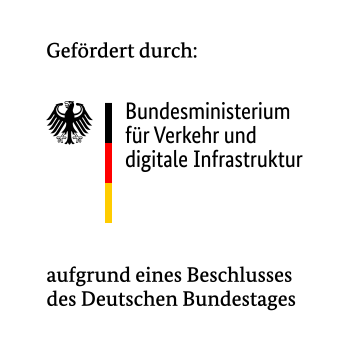The interdisciplinary evaluation of data from sensor systems in railway traffic opens up new possibilities for the recording and evaluation of the condition of the components vehicle and structure. So far, data from monitoring systems on structures (mainly bridges) have already been used to carry out structural assessments and maintenance measures. Similarly, sensor systems installed on vehicles are used to monitor vehicle components. Inherently, however, the respective sensor systems are used to collect data containing further information: An instrumented train crosses a large number of bridges on its journey and a large number of trains cross an instrumented bridge. If an instrumented train crosses an instrumented bridge, both sensor systems can be calibrated; in the further course of the process, information about other, non-instrumented trains can be collected from the instrumented bridge or information about other non-instrumented bridges can be collected from an instrumented train that it crosses.
For this purpose, a digital tool for the in-situ monitoring of railway bridge structures is to be developed, implemented and validated within the framework of a sensor-based predictive maintenance concept using a BIM-integrated digital twin and based on artificial intelligence. The core objective is the development of a template for a highly automated and improved statement for the condition assessment (resonance hazard, structural safety and remaining service life) of existing railway bridges. For this purpose, the condition data obtained by dynamic monitoring shall be considered by an automated and continuous update of the actual condition of the Digital Twin. Based on the status data, an artificial intelligence, taking into account mechanical relationships of the structure, then decides on a necessary adaptation of the structural models to the actual state.








